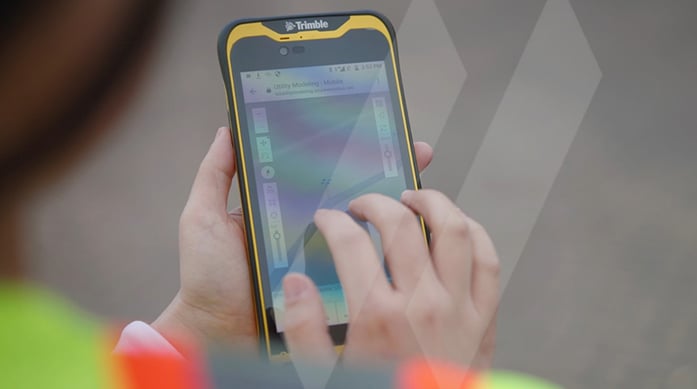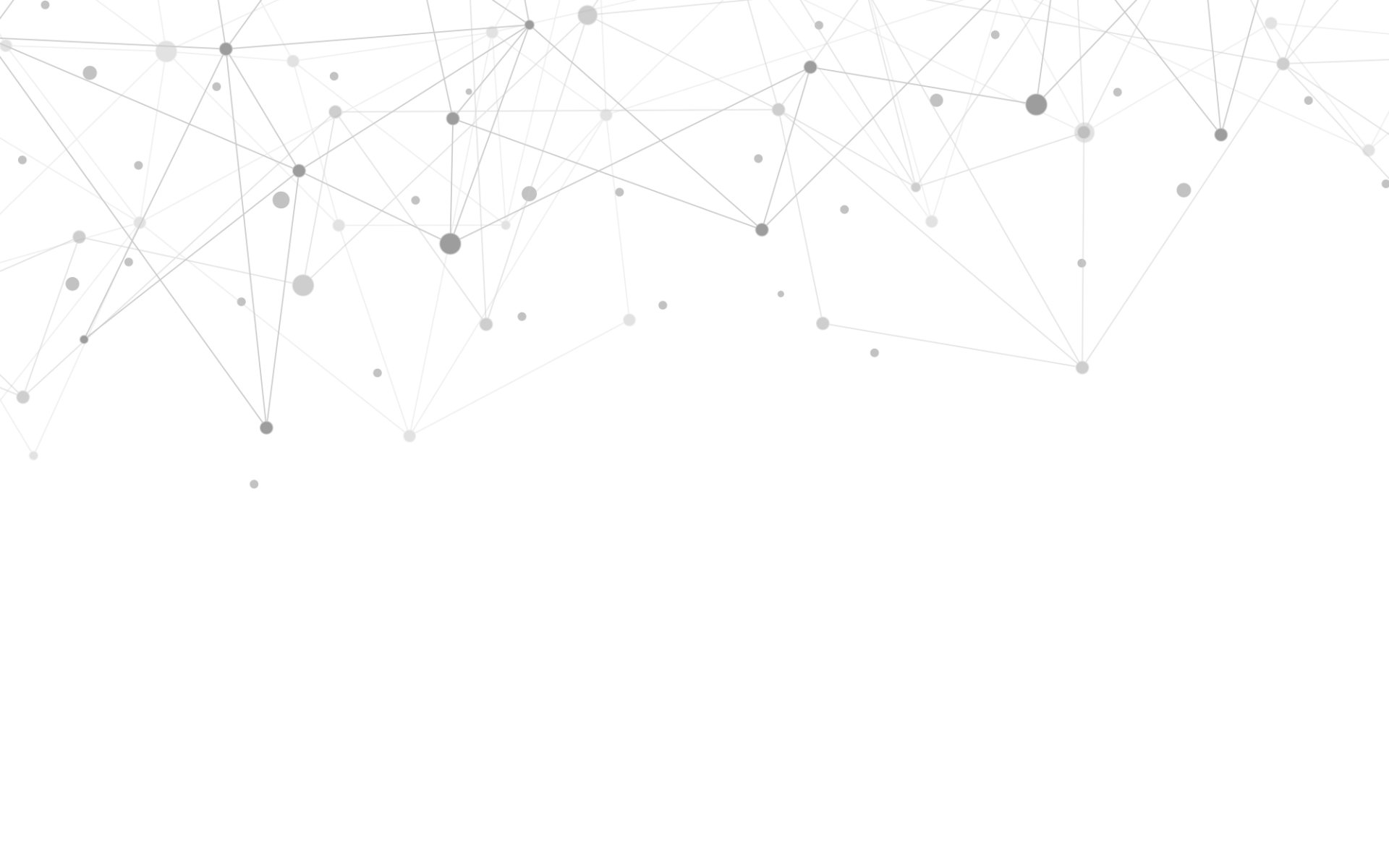To Think Big, You Must Look Beyond the Spreadsheet
| Adam Long

There’s considerable focus on digital workflows and the digitization of spatial data in AEC industry workflows—and yet, spreadsheets are still a heavily relied-upon source for decision support. While many people may still feel most comfortable using spreadsheets, true digital workflows in real-time have numerous benefits to a large infrastructure program. Assessing how your firm gathers, processes, and reports spatial data currently and how best to transition to a full 3D, 4D, and 5D digital workflow is a critical step in moving toward modern program management.
One study conducted by Forrester Consulting and commissioned by Incisive Software found that 88% of organizations use over 100 spreadsheets regularly to make critical decisions. And the study noted while there is a very high level of concern with the inherent risk associated with spreadsheets, fewer than 20% feel empowered or ready to change the process. The disconnected and inherently siloed nature of applications such as spreadsheets limits an organization’s ability to collect and manage spatial data and drive operational excellence.
Despite these numbers, few organizations are ready to toss out the comfort of the familiar spreadsheet. However, any organization that relies on spreadsheets as a primary source of program management can improve spreadsheet viability by emphasizing two critical data management rules: context and standardization.
Think Context
Before you begin a new spreadsheet, think about context. Who might benefit from this information, and how might the spatial data be used? Is it a single spreadsheet or multiple documents that can be used to solve a problem? Solving geomatics or engineering challenges for improved infrastructure is all about context. When you have all your spatial data in context, you’re not working so hard to gather and manage the information. Instead, you can focus on how you can use it to unify concepts for improved decisions that improve your infrastructure investment from a quality, financial, and schedule perspective.
Tracking tasks in a spreadsheet is easy, but look beyond the single source purpose. An individual typically starts with a spreadsheet to compile and manage data. But, if you’re working on a spreadsheet and think the information will support a larger process and other people, recognize that your spreadsheet is not scalable. How are you going to transition that spatial data in a way to share it with ten, 50, or 100 people easily?
Standardize Your Data
Spreadsheets are an excellent resource for idea conceptualization, but they are not designed for collaborative workflows across a group, an enterprise, or even a large program. Once that spatial data is passed along to other individuals, it potentially changes. If you want to bring the individual documents together, you have to ‘normalize’ or standardize the schemas. Data normalization is a technique that assures that the data attributes inside a document are consistent across records and fields and, thus, is better able to facilitate queries and analysis. Geodatabases are ideal for spatial queries, analysis, and dashboard reporting.
The idea of standardized data is to ensure that it is readily available in a usable client delivery format that enables better decision-making for those that need it, when they need it. Normalized and structured data is also the foundation for effectively using GIS, analytics, artificial intelligence, and machine learning.
Once you’re thinking big in terms of structured data, your organization is positioned for the next in the evolution of digital workflows: the shift away from spreadsheets and towards a true digital workflow.
Moving to a True Digital Workflow
Enforcing context and standardization rules ensures your spatial data collection and analysis is scalable and provides value when and where needed. Most importantly, it prepares your organization for more seamless, collaborative, spatial data-driven workflows and processes, in essence, secure, cloud-based platforms.
As a real-world example to help you envision the idea, SAM Milestone is a client and, if desired, a public-facing spatial database that records and tracks the workflows, including exhibit creation, photos, activity, and status and can be the system of record for multiple stakeholders on a large program. The geodatabase can be associated with any location or non-spatial attribute. Previous attempts at either building or buying an application to manage linear or wide-area programs have mixed results. Challenges included the cost of implementing, maintaining, lack of functionality, or not being customizable to accommodate unique workflows.
Previously, the tracking of work product documents and status was performed using Excel spreadsheets, which are not multiuser and require one person to be solely in charge. Comparing and updating the line list was also a very time-consuming and manual process to keep the master tracking spreadsheet current.
SAM Capture, another proprietary application, eliminates the need for a centralized individual to control the tracking spreadsheet. Spatial and non-spatial data is stored in an SQL Server, which provides multiuser capabilities and the ability to distribute the application to multiple stakeholders across geographic regions for collaboration. Reporting of Percent Complete and Milestone-based reports are also available on demand and in easy-to-understand dashboards for executive-level viewing. By moving away from Excel-based workflows to a truly digital one, the process has been streamlined. Clients have also taken advantage of the other benefits: a standard enterprise-level system of record documenting progress, time, financial status, and quality issues can be captured and recorded. The geodatabase can be delivered to the owner at the end of a program and utilized for operations and maintenance throughout the life cycle of the asset.
Work Tracking is a view that applies to an individual tract, showing the various status, issues, and metadata about the feature. Milestones are also assigned and tracked on this screen. The user can see the current state of the milestones for the individual tract land or structure, who has completed milestones, who is assigned the next activity or task, and the date a milestone was last edited.
Bulk Operations are the backbone of line list manipulation. When a new line list is received, the user processes the list against the existing tracts in the system, and various reports are output showing new tracts that need to be imported and provides a file to update all of the metadata for a tract, such as an owner, access, legal description, special considerations, county, legal or jurisdictions.
At SAM, every application is built with a cloud-first mentality that allows for scalability, future advancements, security, and reliable spatial data access in times of disaster or, more recently, a pandemic when remote connectivity was essential to continued business operations. Rather than building server rooms, we’re using cloud resources to place data and add computing power. Why?
By leveraging cloud architecture, we have the ability to store massive amounts of normalized data and, therefore, artificial intelligence (AI) and machine learning (ML). As shown in a recent electric inspections blog, AI-enabled digital workflows are more process-driven. Rather than disconnected spreadsheet inspection, image file, and folder management tasks, these digital workflows are faster, more accurate, and highly effective at evaluating massive remote sensing spatial datasets.
We have the tools and the technologies to drive quality, efficiency, and productivity for your next program if we look beyond single-purpose spreadsheet actions and think bigger to more data-driven digital workflows.
It’s just good business that adds value and improves the return on the investment for our clients.
Adam Long
Adam Long joined SAM in 2011 as the Chief Technology Officer. He has over 30 years of diverse experience practicing engineering, surveying, and information technology, which he used to create the Applied Technology department at SAM.
View Profile
